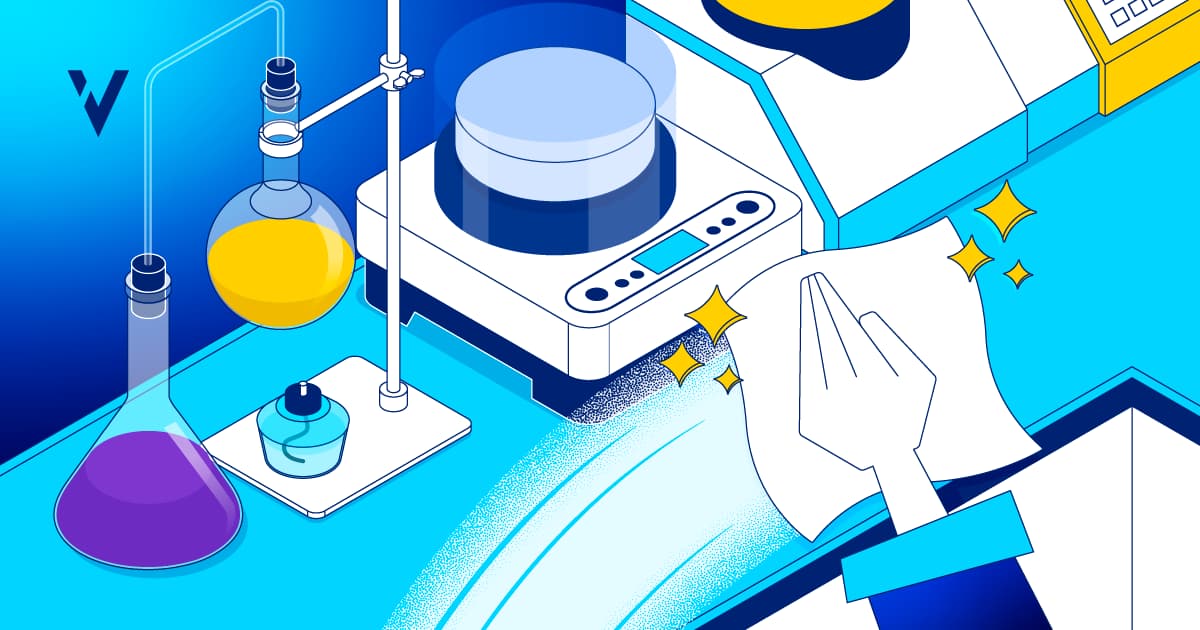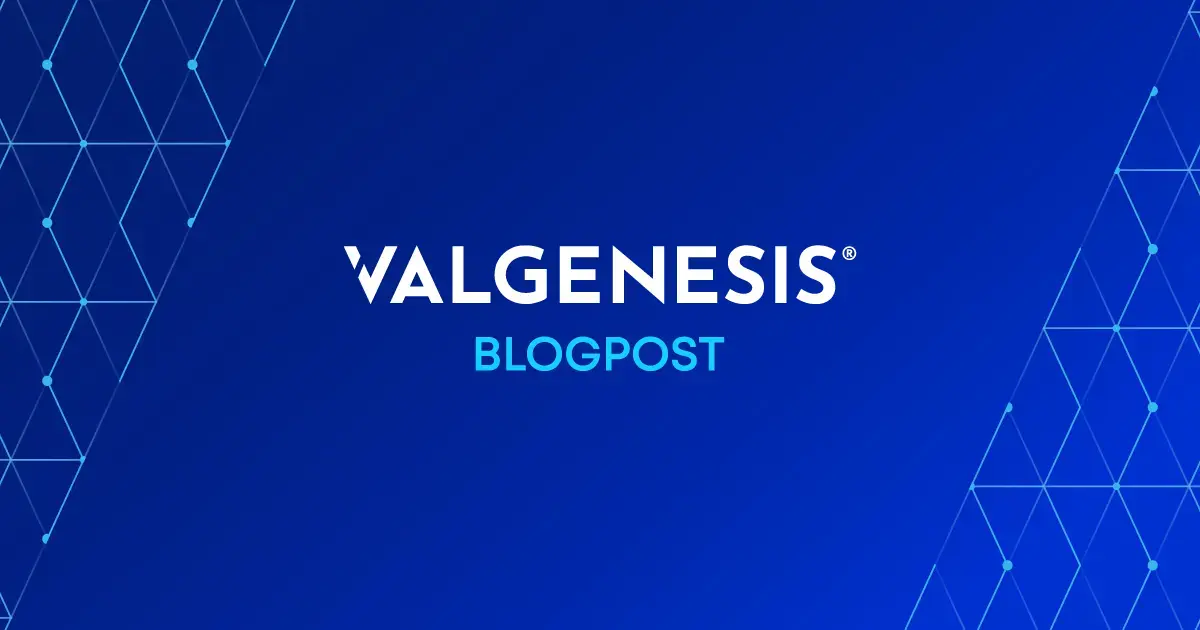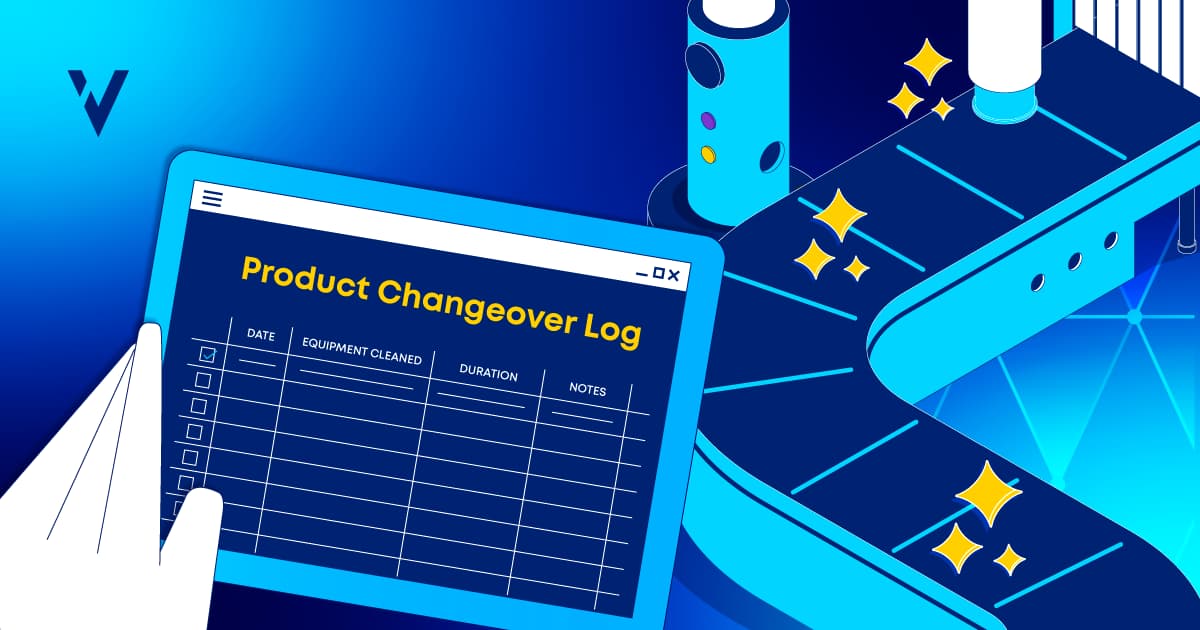Cleaning validation plays a crucial role in the pharmaceutical and biopharmaceutical industries by ensuring that equipment and facilities are thoroughly cleaned to prevent any potential cross-contamination. It is a highly discussed topic among regulators worldwide, and guidelines like the FDA’s 21 CFR cleaning validation guideline (21 CFR 211.67) are continuously evolving.
In this blog post, we will explore some of the challenges you must overcome to maintain an effective cleaning validation program at your organization and how digitalization can help.
Challenge #1: Lack of Time and Resources
Validating your cleaning validation procedures requires significant time and resources. You may face pressure to reduce downtime and increase production, but planning your cleaning validation approach is just as critical as executing it. The absence of a preapproved plan or strategy is a recipe for disaster, leading to FDA Form 483 observations and warning letters.
A well-written cleaning validation protocol and standard operating procedure are basic requirements. The protocol should detail how the cleaning validation will be performed and include information like the cleaning method used, sampling type, sample size, and acceptance criteria. Leveraging a digital tool can streamline and accelerate this process, globally harmonizing your cleaning validation program to align with the FDA’s lifecycle approach for design, development, and continuous monitoring.
Challenge #2: Human Error and Increased Risk
Even if you take the time to put a comprehensive plan together, documenting your cleaning validation procedures on paper leaves you vulnerable to human error and increased risk. Paper is easy to lose or misplace. The time required to correct mistakes or recreate documents can cause costly time-to-market delays. To ensure your efforts are not in vain, consider implementing a digital cleaning validation solution.
ValGenesis Process Manager digitally replicates your existing paper-based cleaning validation procedures according to your own SOPs and corporate quality policy to eliminate human error and enforce consistency. The system easily automates key stage one activities, including collecting equipment design information, developing analytical methods for products and cleaning agents, and creating the cleaning validation master plan.
Automating these activities with technical controls rather than manual procedures eliminates many inefficiencies and discrepancies associated with the traditional paper-based cleaning validation approach.
Challenge #3: Inaccessible Cleaning Validation Documentation
During the cleaning validation lifecycle, you generate a significant amount of data. In a paper-based system, this data is either archived in an on-site repository or an off-site storage facility. Critical documentation is not readily available to present to auditors, and audit trails are poor. Related calculations, such as maximum safe surface residue and worst-case product, are often managed in Excel spreadsheets or Word documents, which are subject to data integrity issues. When basic questions cannot be answered, compliance is at risk.
A digital cleaning validation approach allows for automated document generation with version control and complete audit trails, reducing risk while providing easy document access. Product matrices are created based on preconfigured templates that are automatically updated when introducing a new product or piece of equipment. A digital tool like ValGenesis Process Manager allows you to stay audit-ready and be prepared for regulatory scrutiny with a complete, holistic view of your cleaning validation procedures.
Challenge #4: Inconsistent Cleaning Validation Procedures
Consistency is critical in cleaning validation but virtually impossible to achieve without a digital solution. Manual cleaning validation processes rely solely on individuals who hold to their own ways of doing things, so tasks are approached and documented in many ways — there’s no standardization.
ValGenesis allows you to create business rules in configurable templates based on your SOPs and requirements. Setting business rules is a one-time activity. Once configured, the system instantly, in one click, identifies the worst-case product/equipment at the product/equipment family level or the entire product/equipment portfolio level — consistently and accurately. Based on the cleaning validation framework, the system then notifies the user of the next steps, i.e., what deliverables and activities are needed.
Challenge #5: Vague Analytical Methods in Use
A well-developed cleaning validation approach includes analytical method validation, which defines the method parameters necessary to provide a high level of confidence in cleaning results. The challenge: how do you ensure that your analytical methods are quantifiable when establishing your acceptance criteria? Often, the R&D team develops the analytical method. But they may not have any visibility into how, for example, residual limit calculations are being established, and things can fall through the cracks.
Limit of detection (LOD) and limit of quantitation (LOQ) values are fully integrated into the ValGenesis application. When you calculate the residual limit based on your formula (however you configured it in the system), the system flags out-of-limit values as not analytically supported when the value is lower than the LOD and LOQ. Digitalization ensures that your methods, procedures, and SOPs are risk-based and rooted in scientific evidence.
Takeaways:
- Digitalization offers a consistent way to carry out cleaning validation lifecycle activities.
- ValGenesis Process Manager can replicate your current cleaning validation procedures while removing the human error and inefficiency associated with paper-based methods.
- Digitalization of your cleaning validation approach helps you control risk.
- Maintaining a compliant cleaning validation program requires non-stop vigilance because change is constant.
What are your most significant cleaning validation challenges? Let us know in the comments below. Watch the webinar below or read the tip sheet to learn more about digitizing your cleaning validation procedures.
Cleaning Validation
Sunil Patel
Director - Product Management



